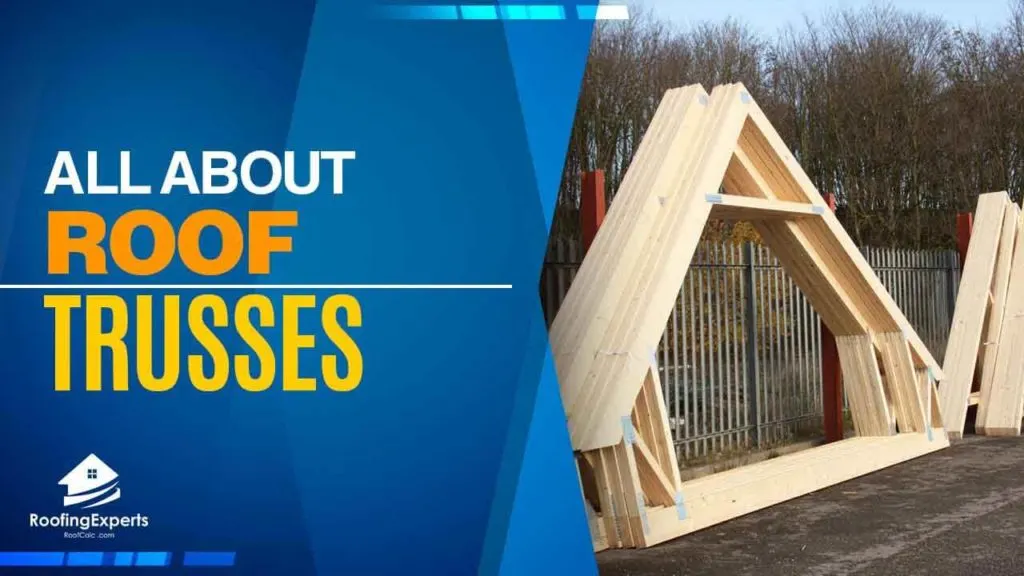
Roof trusses are one of the most important parts of a roof. They connect the rafters and span from wall to wall, providing stability and strength for your house. But if you do not know much about them, it is easy to get confused when you go shopping or hire someone for this project.
Do not worry! This blog post will cover all there is to know about roof trusses types so that you can make an educated decision before making any purchases or hiring anyone.
What are Roof Trusses?
Roof trusses are the frameworks that support roofing materials. They are used in many types of construction projects and come in a variety of types and styles. Trusses can be made from wood, steel and reinforced polymers.
Trusses operate under tension and compression to hold their shape and resist any bending or buckling forces created by the weight of the roofs they support.
Some truss systems use special joints to absorb movements caused by setting up the roof structure which is required during construction before fascia boards, rafters, roof coverings such as asphalt shingles or metal surfaces are attached.
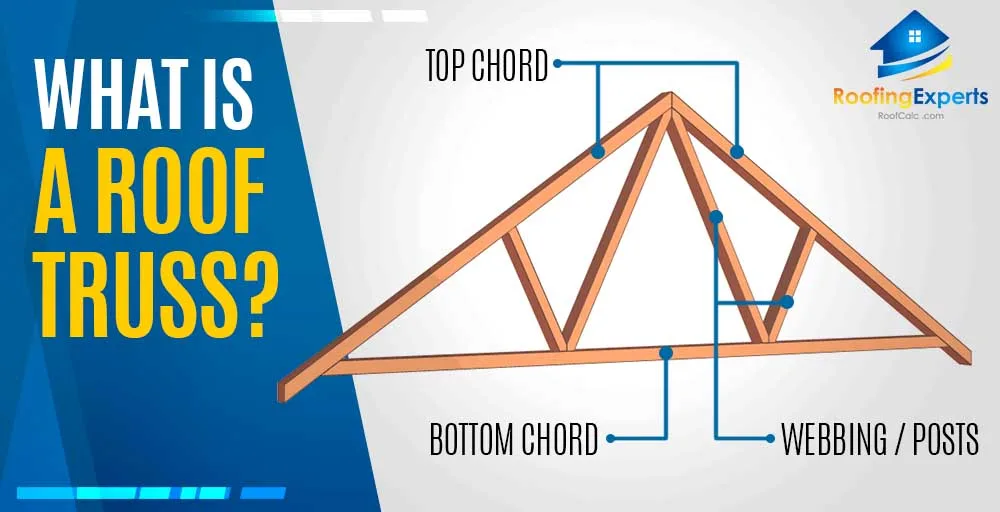
Purpose of Roof Trusses
- The main purpose of roof trusses is to provide a framework for the roofing materials that will be installed on a structure.
- This framework helps to distribute the weight of the roofing materials evenly across the surface of the building, which helps to reduce the amount of stress that is placed on the building’s walls.
- Additionally, roof trusses help to provide stability and support to the roofing system, which can help to prevent damage and extend the life of the roof.
Roof Trusses Types and Styles
There are many different types and styles of roof trusses that can be used in construction projects. Some common types include:
King Post
The diagonal members in a roof truss are called “king posts.” These king posts carry the weight of the roof to the wall.
A king post is a compression member used in architecture, structural engineering, or building construction. It is the second-most essential vertical member below the tie-beam which connects all of its members and transfers loads of the roof and walls to the foundation.
The king post is a vertical compression member, while the queen post is a diagonal tension member. A king post truss is a particular form of roof truss in which the king posts are the only verticals.
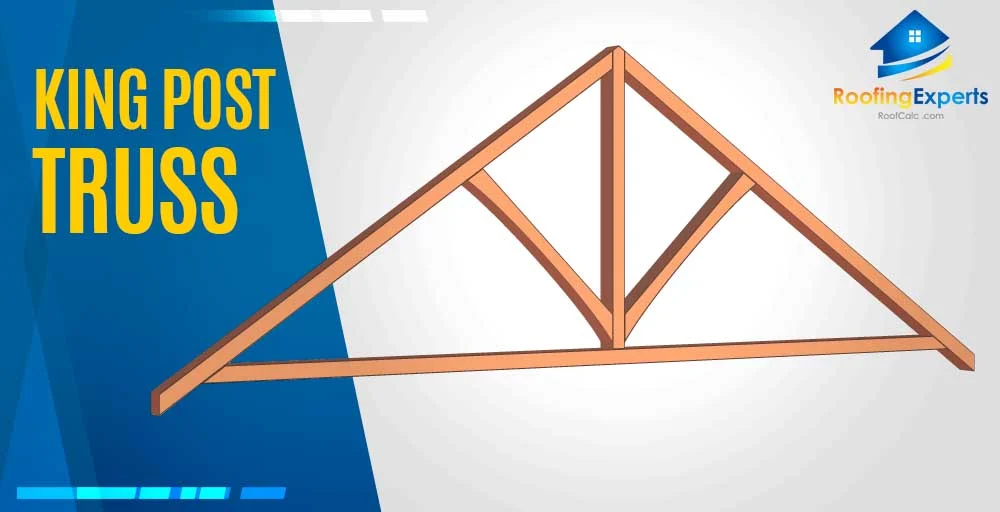
Queen Post
The diagonal members in a roof truss are called “queen posts.” These queen posts carry the weight of the roof to the wall.
A queen post is a diagonal tension member used in architecture, structural engineering, or building construction. It is the second-most essential vertical member below the tie-beam which connects all of its members and transfers loads of the roof and walls to the foundation.
The queen post is a vertical tension member, while the king post is a compression member. A queen post truss is a particular form of roof truss in which the queen posts are the only diagonals.
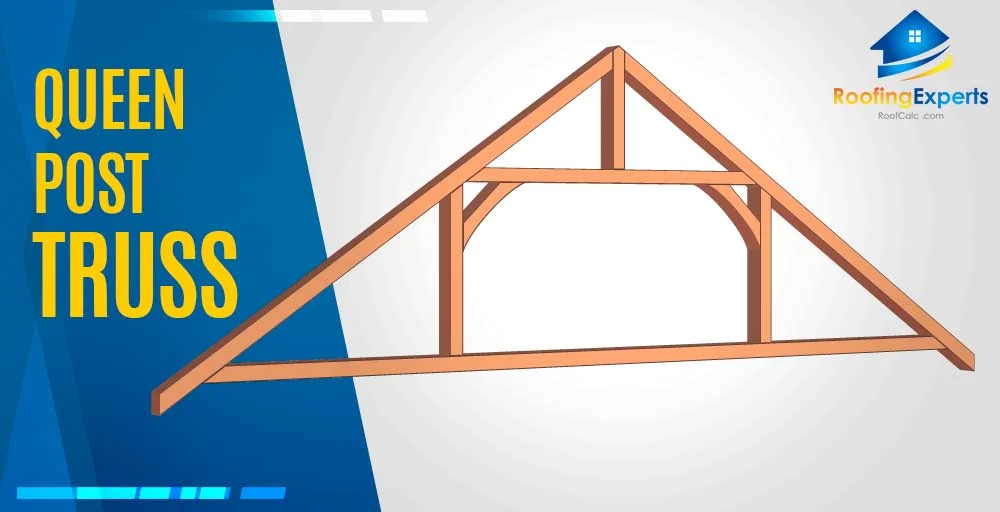
Open Web
An open web truss consists of top and bottom chords and perimeter members.
An open web roof truss has a simple lattice structure, with the top and bottom chords and the perimeter members all being one interconnected piece. This type of truss is common in agricultural buildings, such as hay barns.
Plate Girder
A plate girder truss is constructed using steel beams.
A plate girder truss has the top and bottom chords, along with the perimeter members, made of simple thin steel plates. The web members are thin by comparison to allow more space for insulation between the rafters.
Steel Beam
A steel beam roof truss is a type of truss that uses steel beams in place of wood.
A steel beam roof truss is a type of truss that uses steel beams in place of wood. This type of truss is very strong and can span long distances without the use of support columns. It is also very easy to repair.
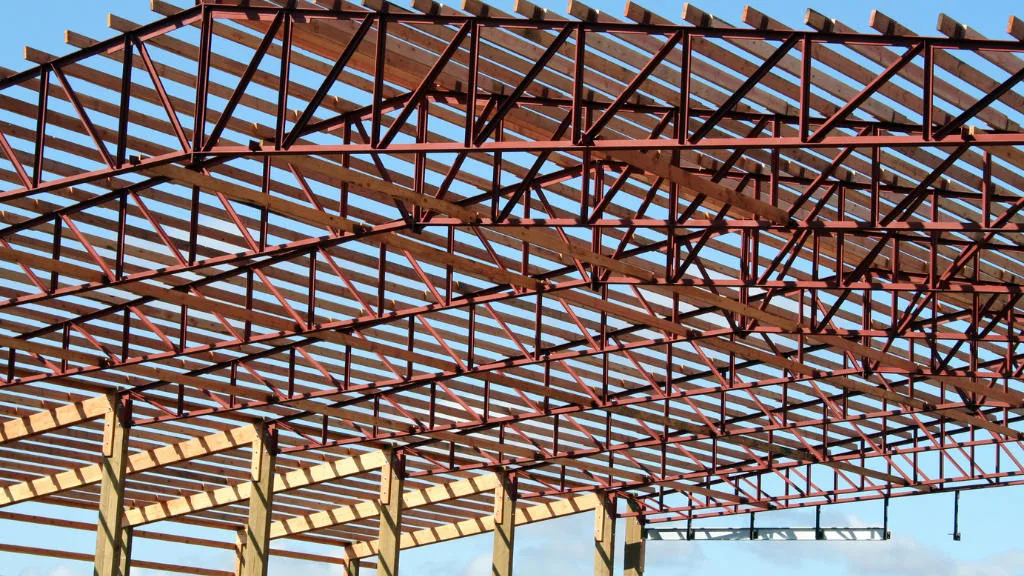
Fink truss
The fink truss is a type of roof truss that has a series of parallel chords, with the web members connecting them.
The fink truss is a type of roof truss that has a series of parallel chords, with the web members connecting them. This type of truss is very strong and can span long distances without the use of support columns. It is also very easy to repair.
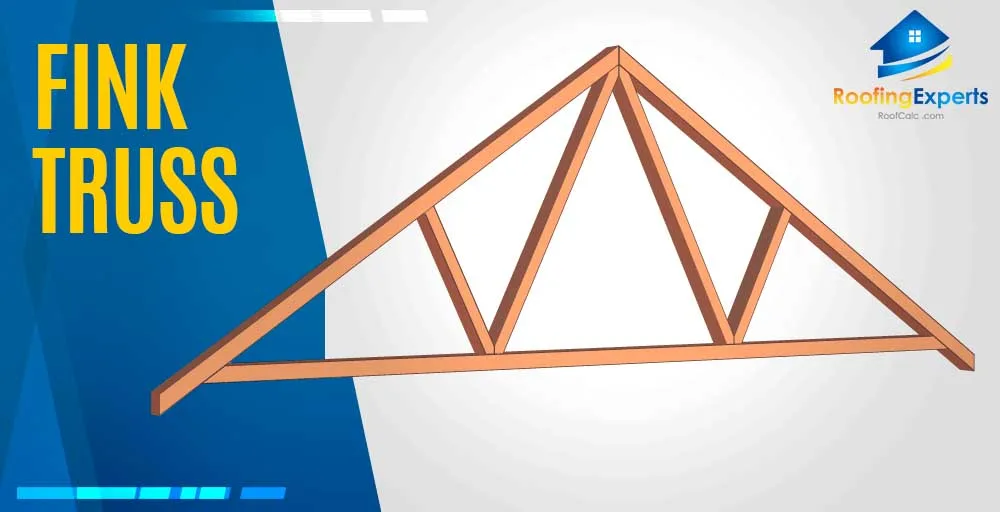
Attic truss
An attic truss is a roof truss that is used in areas where the roof pitch is low.
An attic truss is a roof truss that is used in areas where the roof pitch is low. This type of truss has a very shallow slope and is used to create extra space in the attic. It is made up of two triangles that are connected together by a series of chords and web members.
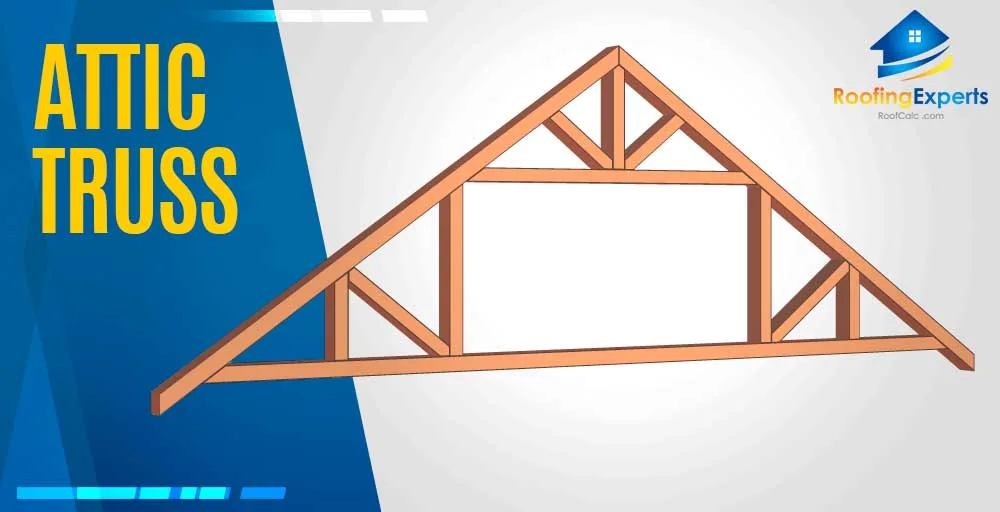
Scissor truss
A scissor truss is a type of roof truss that consists of two separate triangles, each with the top and bottom chords connected by web members. A hip end-joining these two triangles can create either an open or closed system.
A scissor truss is a type of roof truss that consists of two separate triangles, each with the top and bottom chords connected by web members. A hip end-joining these two triangles can create either an open or closed system. This type of roof truss is very strong but must be built with a diagonal bracing system to prevent racking. It also requires solid blocking at each rafter location.
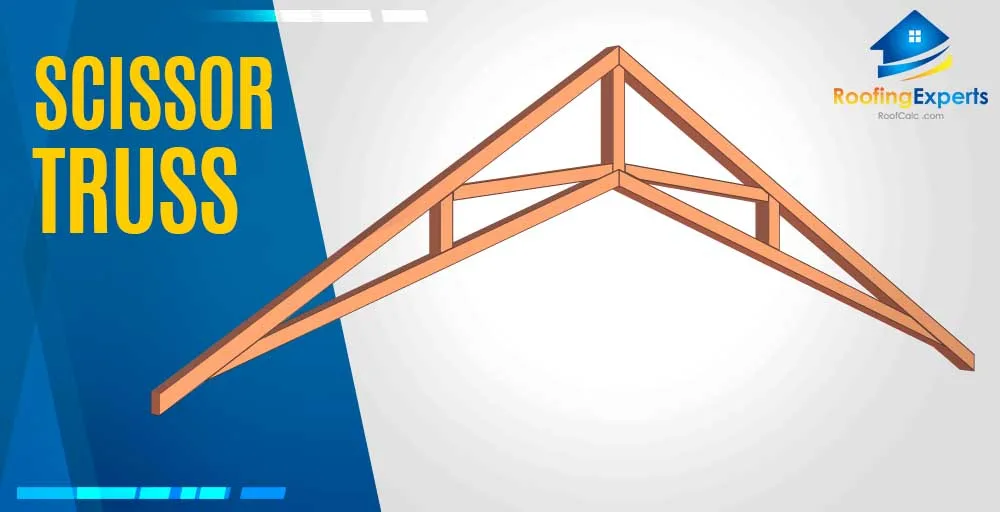
Gable truss
A gable truss is a roof truss that has two triangular shapes that are connected together by the top and bottom chords.
A gable truss is a roof truss that has two triangular shapes that are connected together by the top and bottom chords. This type of roof truss is very strong and can span long distances without the use of support columns. It is also very easy to repair.
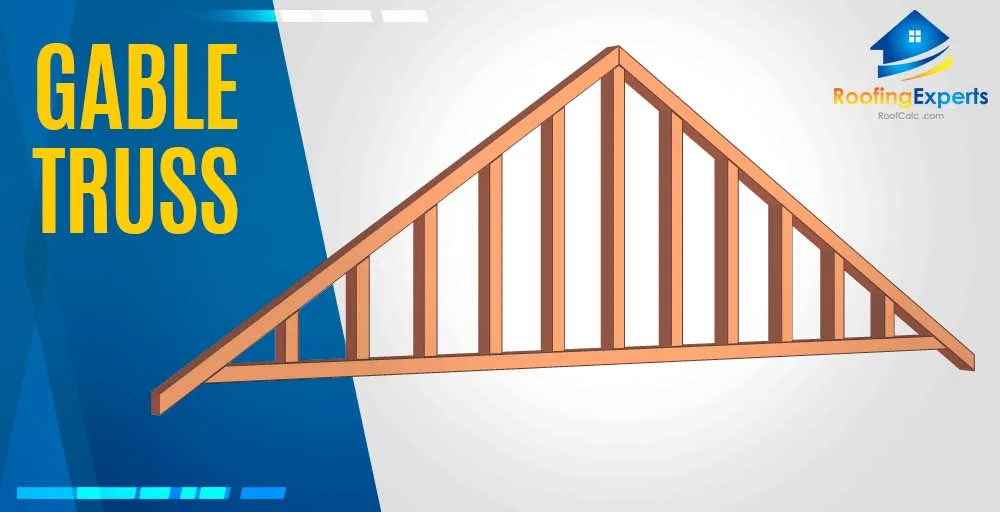
Bowstring truss
A bowstring truss is a type of roof truss that has a curved top chord and two straight bottom chords.
A bowstring truss is a type of roof truss that has a curved top chord and two straight bottom chords. This type of roof truss is very strong and can span long distances without the use of support columns. It is also very easy to repair.
Pyramid truss
A pyramid truss is a type of roof truss that has four triangular shapes that are connected together by the top and bottom chords.
A pyramid truss is a type of roof truss that has four triangular shapes that are connected together by the top and bottom chords. This type of roof truss is very strong and can span long distances without the use of support columns. It is also very easy to repair.
Stressed Skin
The stressed skin truss consists of a series of plywood sheets that are screwed to the top and bottom chords and the web members, with a frame made from lumber being added for extra strength.
A stressed skin roof truss is made of a series of plywood sheets that are screwed to the top and bottom chords and the web members. This type of truss is very strong and can span long distances without the use of support columns. It is also very easy to repair.
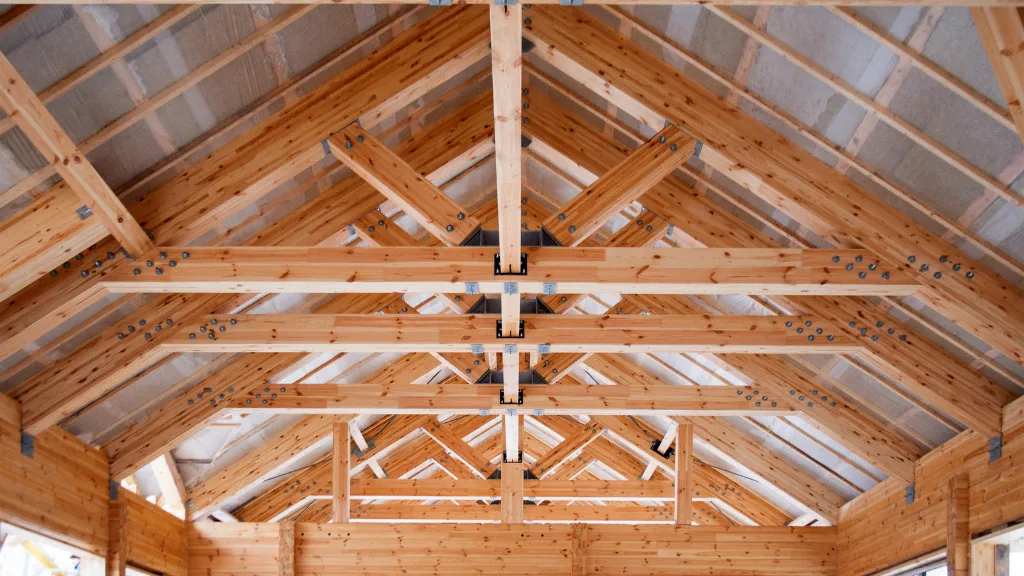
Conclusion
Roof Trusses are very important in the construction of a building. There are many different types of roof trusses, each with its own advantages and disadvantages. It is important to choose the right type of roof truss for your project, as it will affect the weight of the roof to the wall. Check out our other helpful articles all about roofing here on our site.
Each has its own set of characteristics and strengths. Every type of roof truss is designed for a certain building style and climatic zone. When designing or repairing a roof truss, it is important to use the right type of truss that will work best for your specific application.

